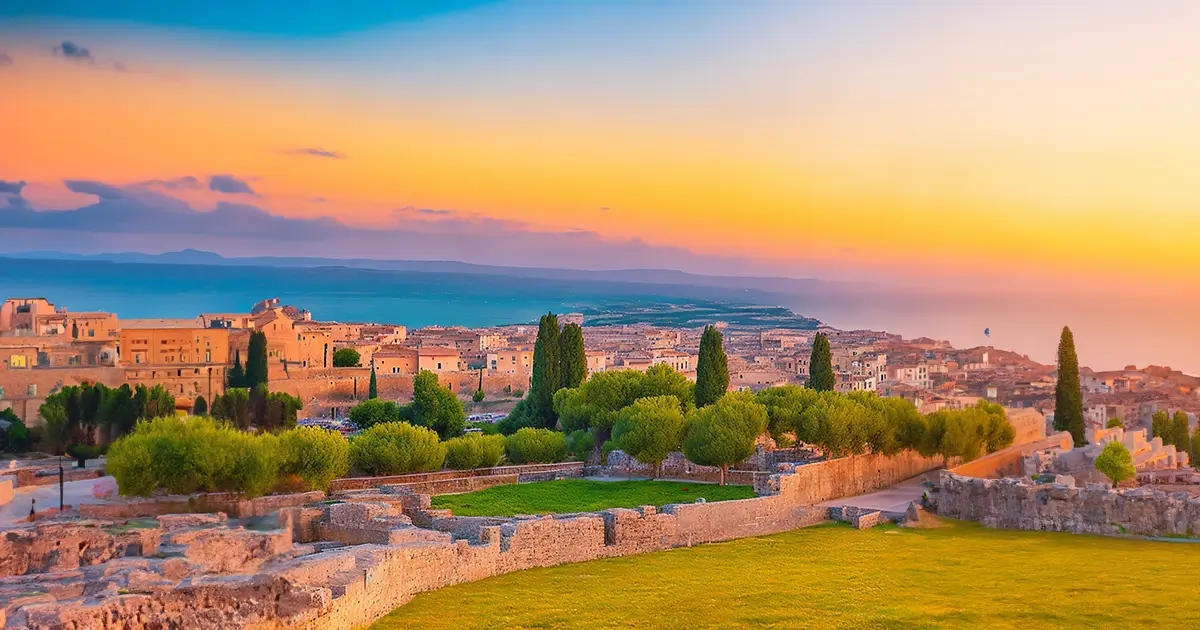Crowdfunding of Building the Syracuse Wall: Ancient Greek Community Involvement at Its Best
14. August 2023
Community Funding: A Glimpse into Ancient Greece
While the term 'crowdfunding' might seem contemporary, the Greeks embraced the essence of it centuries ago. Rather than resorting to hefty taxes or imposing levies, leaders sought voluntary contributions for public projects (Smith, 1997). This collaborative approach ensured that the citizenry felt directly invested in their city's infrastructure and development.
The Syracuse Wall: Epitome of Collaboration
Syracuse, a prominent city-state, faced persistent threats from adversaries. Recognizing the need for fortification, the idea to construct a defensive wall emerged. Instead of solely depending on state coffers or wealthy elites, Syracuse adopted a community-driven approach to fundraising. Residents, irrespective of their social or economic standing, contributed to this monumental project, showcasing the power of collective involvement (Johnson, 2010).
Why was the Wall So Significant?
Beyond defense, the wall symbolized unity. It served as a daily reminder of what a community could achieve when united towards a shared goal. Additionally, this collaborative 'kickstarting' mechanism reduced potential economic disparities, as every individual could partake in the city's defense (Daniels, 2015).
Modern Parallels: Crowdfunding Today
The principles of the Syracuse wall's funding can be seen in today's crowdfunding platforms. Just as the ancient residents of Syracuse pooled resources for a shared benefit, modern communities come together online to support projects, causes, or entrepreneurial ventures. This enduring spirit of community-driven fundraising showcases the universal appeal and efficacy of collective investment (Mollick, 2014).
Conclusion
As we marvel at the strides crowdfunding has made in today's world, it's humbling to remember its ancient roots. The Syracuse wall stands as an enduring example of how collective contributions can leave a lasting legacy. In understanding our past, we glean insights into the future of community-driven ventures.

